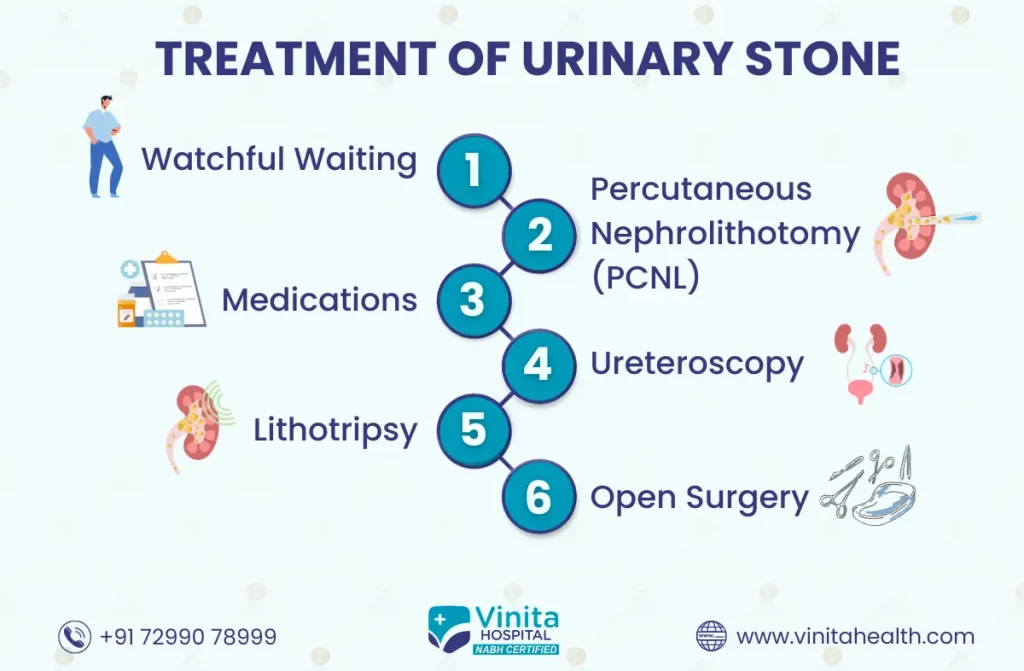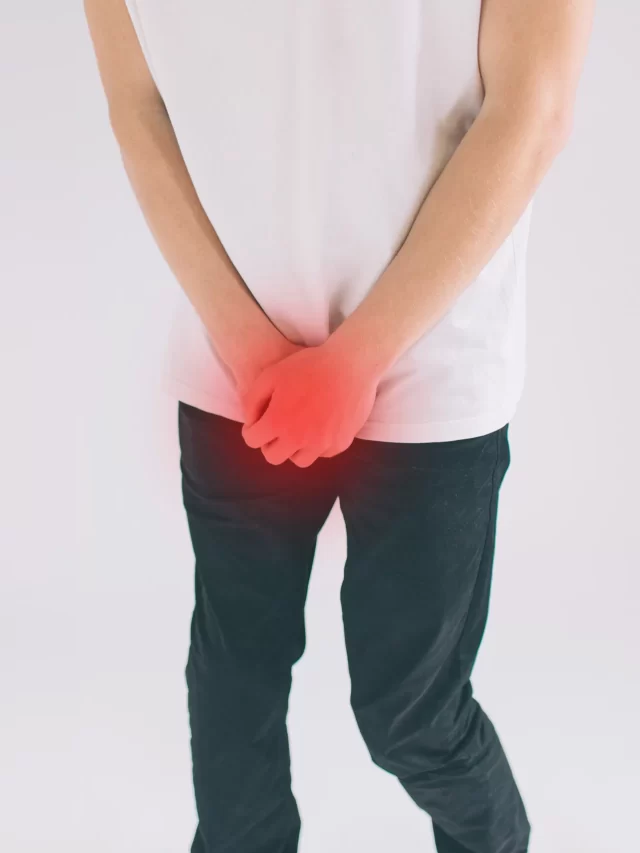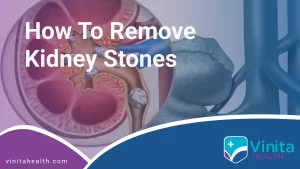Urine stones, often referred to as kidney stones, can be incredibly painful and disruptive to your daily life. Understanding the symptoms of urine stones is crucial for timely diagnosis and effective treatment. In this blog post, we will delve into the seven key symptoms of urine stones to help you recognize when it’s time to seek medical attention.
Symptoms of Urine Stone
Intense Discomfort in the Lower Back and Flank Region
One of the most recognizable symptoms of urine stones is excruciating pain in the lower back or side. This pain typically comes in waves and may radiate down to the groin and abdomen.
Frequent Urination
Urine stones can irritate the lining of the urinary tract, causing a frequent urge to urinate. You may find yourself rushing to the bathroom more often than usual.

Painful Urination
The presence of urine stones can make urination a painful experience. You might experience a burning sensation or discomfort during urination.
Blood in Urine (Hematuria)
Hematuria, or blood in the urine, is a common symptoms of urine stones. The urine can display a pink, red, or brown hue as a result of the presence of blood.
Cloudy or Foul-Smelling Urine
Urine stones can also lead to changes in the appearance and odor of your urine. If you notice cloudy or foul-smelling urine, it could be a sign of urine stones.
Nausea and Vomiting
Some people with urine stones may experience nausea and vomiting, often as a result of the intense pain they’re experiencing.
Urinary Tract Infections (UTIs)
Recurrent urinary tract infections can be linked to urine stones. If you frequently suffer from UTIs, it’s essential to consider the possibility of urine stones as an underlying cause.
How to Ease Symptoms of Urine Stones
Should you encounter any of these symptoms, it is crucial to promptly seek medical care. Your doctor can perform several tests to diagnose the presence of kidney stones and determine the appropriate treatment plan.
In addition to medical treatment, there are several natural remedies that can help ease the severity of symptoms associated with urine stone formation. These include:
- Drinking plenty of water: Drinking enough water can help flush out the stones and prevent future occurrences. Try to achieve a daily intake of at least 8-10 glasses of water.
- Limiting sodium intake: Reduce your sodium intake by avoiding processed foods, sugary drinks, and salty snacks. Consuming too much sodium can lead to dehydration, which can increase your risk of kidney stone formation.
- Eating a balanced diet: Eat a balanced diet that includes plenty of fruits, vegetables, whole grains, and lean protein sources. This can help prevent kidney stone formation by providing your body with the necessary nutrients to function properly.
- Avoiding medications that increase stone formation: Certain medications, including antibiotics and nonsteroidal anti-inflammatory drugs (NSAIDs), can increase your risk of kidney stone formation. Consult with your doctor if you’re taking any medications that may increase your risk of kidney stones.
Treatment of Urinary Stone
The treatment of urinary stones, also known as kidney stones or renal calculi, depends on the size, location, and composition of the stone, as well as the symptoms it is causing. Here are some common treatment options for urinary stones:
- Watchful Waiting: Small stones that are not causing any symptoms may pass on their own through the urinary tract. Drinking plenty of water and taking pain medication as needed can help manage symptoms during this process.
- Medications: Your doctor may prescribe medications to help manage pain and facilitate the passage of stones. Alpha-blockers, such as tamsulosin, can relax the muscles in the ureter, making it easier for stones to pass.
- Lithotripsy: This is a non-invasive procedure that uses shock waves to break up the stone into smaller fragments, making it easier for it to pass through the urinary tract. There are different types of lithotripsy, including extracorporeal shock wave lithotripsy (ESWL) and laser lithotripsy.
- Ureteroscopy: A thin, flexible tube with a camera (ureteroscope) is passed through the urethra and bladder into the ureter to directly visualize and remove or fragment the stone. This is often used for stones located in the ureter or kidney.
- Percutaneous Nephrolithotomy (PCNL): For larger or more complex stones, a surgical procedure called PCNL may be necessary. It involves making a small incision in the back to access the kidney and remove or break up the stone.
- Open Surgery: In rare cases, open surgery may be required to remove a large stone or if other methods are not feasible. This involves making a larger incision in the abdomen or side to access the kidney and remove the stone.
- Preventative Measures: After treatment, your doctor may recommend lifestyle changes and dietary modifications to reduce the risk of future stone formation. This may include increasing fluid intake, reducing sodium intake, and avoiding foods that can contribute to stone formation.
Conclusion
In conclusion, the symptoms of urine stone formation can vary, ranging from mild to severe. It’s important to be aware of these symptoms and seek medical attention as soon as possible. In addition to medical treatment, you can follow natural remedies such as drinking plenty of water, limiting sodium intake, eating a balanced diet, and avoiding medications that increase stone formation. By taking these precautions, you can effectively manage the symptoms of urine stone formation and prevent future occurrences.
Read also Kidney Stone Laser Treatment in Chennai.






